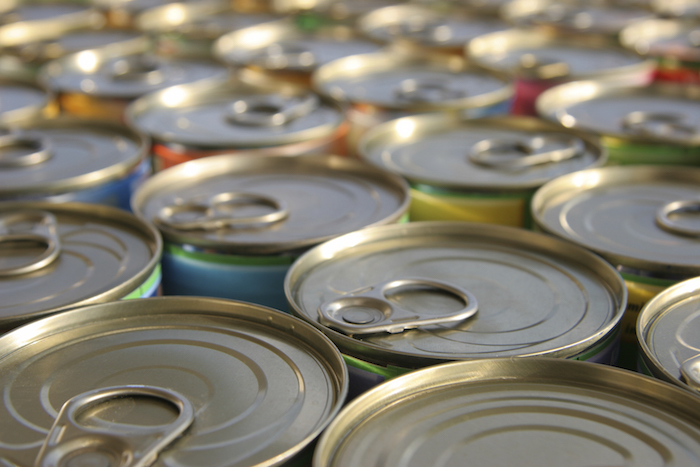
The Perfect Temperature: Mastering Heat Control for Gourmet Cuisine
Introduction:
In the realm of gourmet cuisine, achieving the perfect temperature is not merely a matter of cooking—it’s an art form. From delicate sauces to succulent proteins, mastering heat control is essential for unlocking flavors, textures, and aromas that elevate dishes to culinary masterpieces. In this blog, we’ll explore the importance of temperature control in gourmet cooking, delve into techniques for precision heating, and uncover the secrets behind achieving perfection in the kitchen.
1. The Science of Temperature:
Temperature is a critical factor that influences the chemical and physical transformations that occur during cooking. From protein denaturation to sugar caramelization, precise temperature control ensures that ingredients undergo the right reactions at the right time, resulting in optimal flavor development and texture enhancement.
2. Understanding Heat Transfer:
Heat transfer mechanisms—conduction, convection, and radiation—play a crucial role in distributing heat evenly and efficiently during cooking. By understanding how heat moves through various cooking surfaces and mediums, chefs can manipulate cooking methods to achieve desired results with precision.
3. Sous Vide: The Art of Precision Cooking:
Sous vide, a cooking technique that involves vacuum-sealing food in a plastic pouch and cooking it in a water bath at a precisely controlled temperature, exemplifies the importance of temperature control in gourmet cuisine. By cooking food slowly and evenly at a constant temperature, sous vide ensures consistent results and optimal flavor retention.
4. The Magic of Low and Slow:
Low-temperature cooking methods, such as braising, slow-roasting, and sous vide, are favored in gourmet cuisine for their ability to tenderize tough cuts of meat, develop complex flavors, and preserve delicate textures. By cooking ingredients slowly over an extended period at a low temperature, chefs can coax out nuanced flavors and achieve unparalleled tenderness.
5. High Heat Techniques for Precision Searing:
While low-temperature cooking methods excel at gentle heat application, high-heat techniques such as searing, grilling, and broiling are essential for creating caramelized crusts, Maillard reactions, and intense flavor profiles. By mastering the art of high-temperature cooking, chefs can achieve perfectly seared meats, crisp-skinned fish, and charred vegetables with impeccable precision.
6. Oven Control for Baking Mastery:
Baking, a cornerstone of gourmet cuisine, relies on precise temperature control to achieve golden crusts, airy textures, and uniform browning. By preheating ovens to the correct temperature and monitoring baking times closely, chefs ensure that delicate pastries, bread, and desserts emerge from the oven with exquisite perfection.
7. Sauce Reduction and Emulsion:
Temperature control is paramount in sauce making, where precise heating and cooling techniques are used to create silky smooth emulsions and rich reductions. Whether reducing wine for a decadent pan sauce or tempering eggs for a luxurious hollandaise, chefs must exercise careful temperature control to prevent overheating and maintain sauce stability.
8. The Role of Thermometers in Gourmet Cooking:
Thermometers are indispensable tools in gourmet kitchens, providing chefs with accurate temperature readings for precise cooking and baking. From instant-read thermometers for checking meat doneness to candy thermometers for monitoring sugar stages, these instruments empower chefs to achieve consistent results with confidence.
- Temperature Control Beyond the Stove:
Temperature control extends beyond the stovetop and oven to other aspects of gourmet cuisine, including fermentation, chocolate tempering, and cheese aging. By maintaining precise temperature and humidity conditions, chefs can cultivate flavors, textures, and aromas in artisanal products with meticulous attention to detail.
10. Conclusion:
Mastering heat control is an essential skill for chefs aspiring to create gourmet cuisine that delights the senses and captivates the palate. Whether slow-cooking a tender braised dish, searing a perfectly charred steak, or tempering chocolate for a decadent dessert, precision temperature control is the key to unlocking the full potential of ingredients and elevating dishes to culinary excellence. As chefs continue to push the boundaries of gastronomy, the pursuit of the perfect temperature remains an enduring quest—a journey of experimentation, innovation, and endless culinary discovery.
